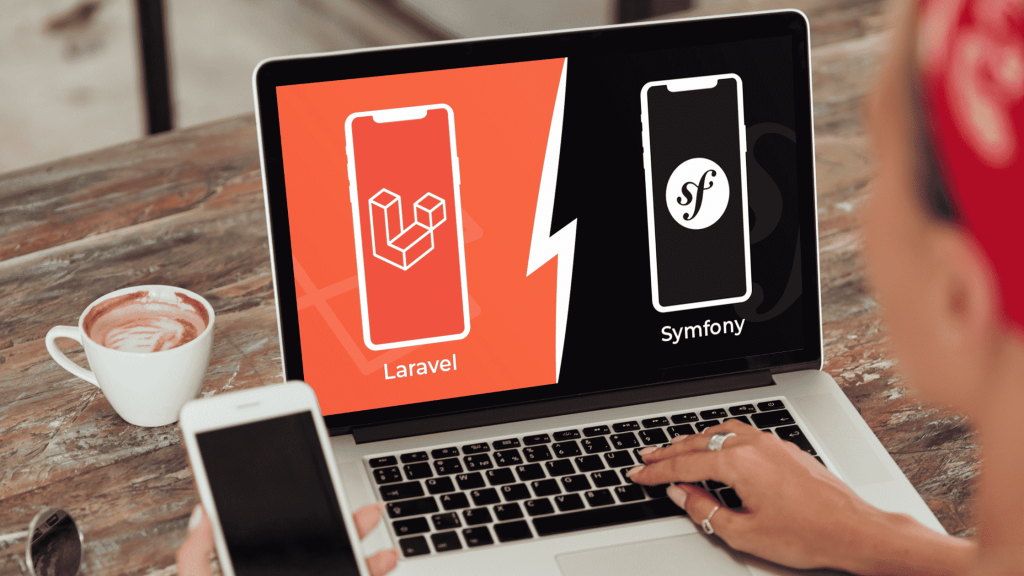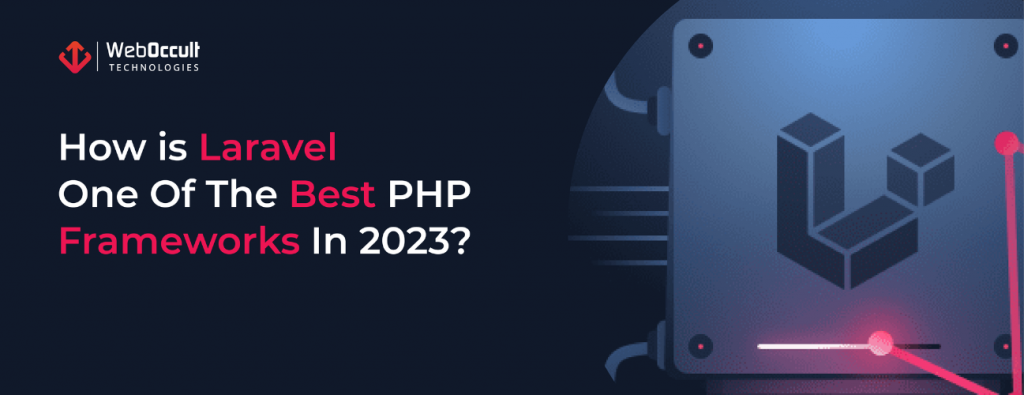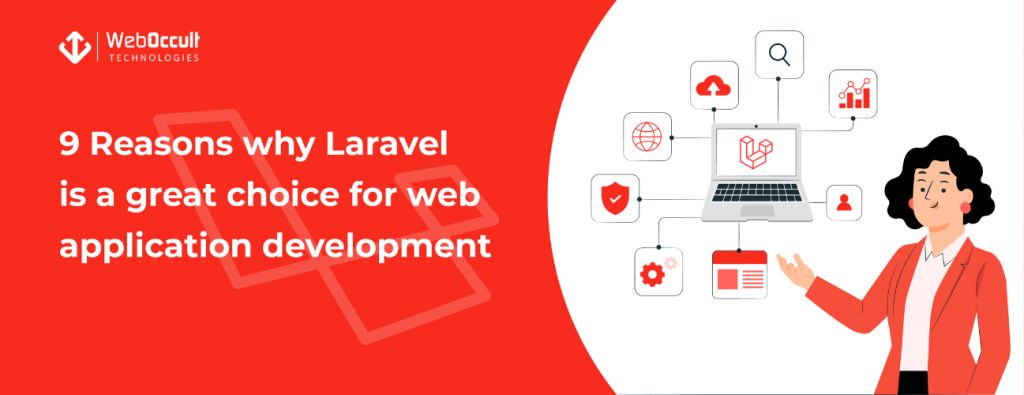
Guide to Artificial Intelligence In Healthcare

Author
Ruchir Kakkad
Date
19 Jan 2022
Time
17 min read
Category
AI/ML

In recent years, artificial intelligence has evolved from a futuristic promise to a benchmark for innovation. This technology has also begun to revolutionize care pathways with great vigour. So concretely, what can AI bring to medicine, where is the innovation at the moment, and what are the biggest challenges that its application poses to clinical settings?
Artificial intelligence will not replace medical professionals; it will be the stethoscope of the 21st century, and fruitful collaboration between man and technology could bring us the positive change in medicine that we all so strongly desire.
Digital health will give us more health data than ever before. AI will help us analyze it to find new ways to treat illnesses, reduce administrative tasks, streamline medical practices, and optimize doctors’ and patients’ schedules.
Artificial intelligence (AI) in health care finds many applications in different fields and will transform how we diagnose and treat diseases.
The juxtaposition of Big Data with AI has led to the development of tools intended to advance medical research and improve the overall efficiency of care.
This comprehensive guide is everything you need to know about AI in healthcare, how it works, its applications, future trends, and the challenges of adopting it in the medical industry.
What is artificial intelligence, and what is its impact on the medical sector?
Artificial intelligence uses specific algorithms to train computers to perform specific tasks by processing large amounts of data and recognizing particular scenarios.
These algorithms allow machines to learn from their experience, gather data, process it and perform tasks in an almost human-like way.
They thus allow machines to mimic typical cognitive functions of the human mind, such as problem-solving, reasoning, and learning.
Applications of artificial intelligence in healthcare
AI has already entered our daily lives so that we don’t even notice it.
From chatbots on e-commerce sites to voice assistants on our smartphones, algorithms rapidly make machines learn what humans do and allow them to accomplish those tasks more efficiently and quickly.
Also, in the health sector, AI tools have found many applications:
1. Preventive medicine
The World Health Organization (WHO) defines health as “a state of complete physical, mental and social well-being, not merely the absence of disease or infirmity.”
With connected medical devices (IoT), AI plays a significant role in ensuring people stay healthy.
For patients: AI is already helping patients be more autonomous in their care journey and improve their daily quality of life.
A growing number of people choose to adopt wearable devices to track their daily health statistics.
The collection and analysis of this health data can offer a unique perspective on the health of individuals and the general population, thus making it possible to move towards more preventive medicine.
For Physicians: AI technology gives medical professionals insight into their patients’ daily habits and needs, and it allows them to guide, inform and support them in the best possible way.
The vast amount of data generated and collected cannot be processed by humans alone.
Using AI algorithms saves a lot of human time and effort, making processes more efficient. Caregivers can focus only on high value-added tasks.
For Researchers: Collecting health data from multiple sources advances medical research. Data from various sources are pooled and aggregated to access real-time health statistics.
2. Early disease detection
The proliferation of connected objects combined with the computing power of AI has enabled healthcare professionals to monitor the patient better and detect potentially fatal risks at an earlier and easier to treat stage.
Here are some examples of applications of these data currently used in health.
Detection of heart conditions: Connected devices can track the heart rate and monitor the patient’s electrocardiogram. It allows earlier detection and diagnosis of underlying heart conditions.
This is the case of the European MAESTRIA project, which aims to prevent heart rhythm disorders and the risk of stroke by integrating artificial intelligence. The mass of data from different medical sources can thus be analyzed to offer personalized therapies to each patient.
Breast cancer detection: AI is currently used to analyze mammograms. It has been found that the scan rate is 30 times faster than that of a human and has an accuracy of 99%. It can detect microscopic metastases that humans are likely to miss.
It reduces the chances of misdiagnosis and the need for invasive biopsies to establish the diagnosis. It is the case of Mammoscreen, which uses AI to interpret screening mammograms.
Disease Trends: Patients increasingly rely on search engines like Google to check their symptoms online before visiting the doctor. Using AI to monitor this trend and draw conclusions can lead to early intervention in a possible outbreak in the population.
Google had already tried to do this in 2008 with flu trends with its Google Flu Trends tool but failed due to lack of streamlined data and numerous inconsistencies.
With advances in computing, this can now become an essential asset for the early detection of infectious diseases and the prevention of their epidemics. By the end of December 2019, the Canadian company BlueDot had thus alerted to the coronavirus epidemic, even before the first alert from the World Health Organization, thanks to its AI technology.
Turning electronic medical records into risk predictors: Patient medical records are a gold mine of data, but sorting them out and getting valuable results is a task that would waste a lot of human time and effort. It is where the computing power of AI comes into play.
3. Effective diagnosis
Artificial intelligence uses both structured and unstructured data to achieve its results. Structured data includes genomic studies, images (radiological and pathological), readings and recordings of medical devices, etc.
These data are then grouped to deduce a diagnosis and the possible evolution of the disease.
Unstructured data can be in the form of doctor’s notes, medical records, lab reports, discharge summaries, and more.
AI uses natural language to extract relevant information from unstructured data sources to help decision-making, alert treatment modalities, monitor adverse effects, etc.
The use of AI can thus help to make the diagnosis more efficient by using both structured and unstructured data at a much faster rate.
The main advantage of AI is that all its decisions are solely evidence-based and free from cognitive biases, unlike a human diagnosis.
Let’s look at the applications of AI in disease diagnosis.
Diagnosis using x-rays: The use of AI for the analysis of radiological images obtained by MRI machines, scanners, and x-rays has not only made it possible to get a diagnosis comparable to that of a radiologist, but the results were also much faster.
AI in diagnosis is meant to be an adjunct for the radiologist, who can use AI for routine cases and its resources for more complicated cases.
For example, the start-up Incepto uses artificial intelligence in medical imaging to rapidly detect cancer or cardiovascular and neurodegenerative diseases.
It allows physicians to cope with the exponential increase in health data to be analyzed.
AI can effectively predict tumour behaviour in oncology by combining clinical, microscopic, and molecular data analysis.
It would allow doctors to better understand the behaviour of tumours, better define their aggressiveness, and thus select the treatment that would give the best results.
4. Medical decision making
The use of AI algorithms to support medical decision-making, workflow management, and early diagnosis is relevant. The technology does not suffer from human deficits such as fatigue; its use would result in more efficient care for patients and save time for healthcare professionals.
Administrative Workflow Management: Using AI for administrative workflow automation through custom software development allows physicians to save time on routine tasks and prioritize issues urgent.
Managing routine tasks, such as entering medical notes into patient records, can be done using audio-to-text transcription software, saving valuable time.
The use of chatbots coupled with AI can also save valuable time for caregivers. The chatbot can communicate with patients to follow them at home and trigger an alert in the event of an abnormal response. The caregiver can then devote his time to the patients who need it.
Predictive analysis: Patient data collected from medical records and data obtained from connected objects gives the doctor access to valuable information about the patient and the population cohort to which the patient belongs.
Computing this data using AI algorithms helps develop the patient profile and build predictive models to effectively anticipate, diagnose and treat disease.
Prognosis: The massive use of data by AI makes it possible to improve the prognosis of patients by adapting the treatment to the characteristics of the disease and the specificities of each person. This precision medicine, thanks to AI, now offers the possibility of prescribing the best therapeutic options according to a particular profile to maximize the chances of treatment success.
5. Processing
AI can help physicians take a more holistic approach to disease management, better coordinate care pathways, and ultimately help patients better adhere to their long-term treatment.
Technology also plays a vital role in delivering care through telemedicine and remote patient monitoring.
Here are some of its applications.
Audio-to-text transcriptions: Healthcare professionals spend a lot of time typing medical notes into patient medical records.
Voice-to-text transcription of these notes using AI would increase the time spent on patient care.
Precision medicine: Making relevant patient data available to physicians is further in developing precision medicine.
It allows physicians to make medical decisions tailored to each patient and create treatment plans.
AI can analyze a large selection of patient data (symptoms, lifestyle habits, treatments, etc.) to provide a precise and reliable diagnosis. In this context, one of the significant challenges is to guarantee the interoperability of the different data sources (medical files, connected objects, applications, etc.) to offer complete analyses.
6. Research
Pharmacogenomics: Drug interactions and effectiveness vary from person to person and are influenced by genetic variations.
Pharmacogenomics aims to understand the effect of these variations on individual responses to drugs. Using AI to sift through the vast amount of data produced by genomic studies can help provide valuable insights into drug delivery mechanisms.
In pharmacovigilance, the Bordeaux start-up Synapse Medicine provides its “Medication Shield” technology, based on artificial intelligence (AI), to manage reports of adverse effects during the Covid-19 vaccination campaign.
Drug discovery and analysis of drug combinations: Drug research takes many years and is very expensive before clinical trials and drug commercialization occur. Using AI to streamline drug discovery and repurposing processes can dramatically boost the development of new drugs, reduce time to market, and reduce their costs.
For example, BioSymetrics’, with its AI technology, is tackling drug discovery from clinical analysis to experimentation. The integration of millions of pieces of data and artificial intelligence technology enables more efficient leads to be generated at scale.
7. Robotics and chatbots
Robot-assisted surgery: Surgical robots use AI to improve surgical techniques from previous operations. Data from preoperative records are integrated with operational measures to improve the operation results. These operations are minimally invasive, and the precision of the robot-assisted instrument helps reduce the degree of post-op trauma.
Autonomous robotic surgeries: Although currently limited to science fiction, robotic operations may become a reality in the future. Using machine learning to combine motor pattern recognition and visual data interpretation can extend surgeon dexterity to robots and make autonomous robotic surgery a reality. Robotic surgery is currently limited to remote control of robots by the surgeon via a computer, but this could change in the future.
Helper robots: These are robots that find application in various fields, including patient care, nursing, and care for the elderly and debilitated patients.
Chatbots: Chatbots are AI-powered algorithms capable of carrying out conversations with patients. They can become the first point of contact for primary health care. The severity of the query is determined, and chatbots can either solve the problem or escalate it to the doctor. The widespread use of chatbots significantly reduces the doctor’s workload and avoids travelling to healthcare professionals unnecessarily. It is the case of Calmedica, which uses artificial intelligence to dialogue by SMS with patients before and after a consultation and improve their follow-up.
The Challenges of AI Adoption
The adoption of AI in healthcare opens up several opportunities, but it also comes with challenges.
1. The phenomenon is called the “black box.”
In some cases, AI systems offer solutions that are impossible to explain. This phenomenon is defined by the complexity of these algorithms, which carry out a vast number of micro-reasonings that, put an end to end, allow the machine to emit its diagnosis. However, the latter are so numerous that a human can’t understand them, hence the black box.
However, to be acceptable, the algorithm’s decisions must be understood and therefore explained. But in the case of the black box, the number of micro-reasonings carried out by the machine is such that it is not possible to understand them.
How, then, to take responsibility for the medical decision?
2. Stakeholder complexity
All players in the health sector, including patients, healthcare professionals, pharmaceutical companies, hospitals, insurance companies, are stakeholders in adopting AI.
The resistance of the technology at any level would cause problems integrating the technology as a whole. As with any new technology, there is initial reluctance to adopt it in the marketplace, with healthcare institutions and users concerned about its application and safety.
3. Regulatory Compliance
According to the report “Giving meaning to artificial intelligence” by Deputy Cédric Villani published in March 2018, artificial intelligence “opens up new opportunities to innovate ‘at constant pharmacopoeia’ by building a diagnosis and a therapeutic strategy more suited to the need. of the patient, his environment and his way of life”. Bringing hope, artificial intelligence also generates several legal challenges.
AI can only develop with vast volumes of data. In France, the collection and use of health data are subject to several laws, such as the GDPR, and the incorporation of AI is subject to approval by organizations to ensure standards are maintained. The challenges for political and legal institutions will be to enable the development of the interoperability of information systems within a protective legislative framework and to find the right balance between the use, access, and security of health data.
The question is not to produce more data but, above all, to pool existing ones and facilitate access to them within an ethical and protective framework.
Following the Villani report, the President of the Republic announced the creation of the “Health Data Hub,” a platform for the exploitation of health data, to respond to the desire to pool data, in a secure national framework, under the aegis of public authorities.
It seems evident that the European and national authorities want to offer a framework favouring the development of new medical technologies.
You Might Also Like
When it comes to web development, PHP frameworks are the utilized solutions. Despite the fact that there are other PHP frameworks. Symfony and Laravel are the best options. They’re popular for a multitude of reasons, including their great code, which allows developers to create incredible applications. Create a web application to bring your brand’s identity […]
Technology has improved leaps and bounds. What used to be a dream a couple of years ago is a reality. This is because people are continuously looking for new things. They want to evolve and make things better for themselves and the world at large. In recent times, we’ve seen a 360° transformation in how […]
Laravel has been noted as one of the best framework options to develop a web application, and rightfully so. As per the official website, the web development framework is an open-source PHP web application framework. The syntax is especially simple and easy. It works on MVC (model-view-controller), an architectural pattern to separate the model, the […]
Let’s Build The Future
Have An Idea? Work With Us And See How It Goes. We Promise To Go The Extra Mile For Every Project That We Take Onboard.



